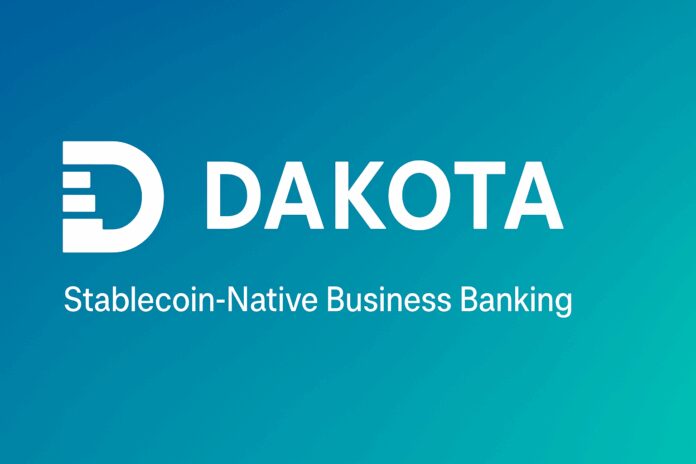A new U.S. banking startup with ex-Coinbase leadership is aiming to become the institutional gateway for regulated stablecoins. Backed by $12.5 million in early funding, Dakota is emerging from stealth with big ambitions.
A purpose-built bank for stablecoins
Dakota, a U.S.-based startup co-founded by former Coinbase, Stripe, and fintech veterans, has raised $12.5 million in seed capital to launch a compliance-first, stablecoin-native bank.
The firm is developing a fully regulated infrastructure layer that would allow institutions to issue, manage, and custody tokenized dollars under a U.S. banking framework.
Dakota isn’t launching a flashy consumer stablecoin. Instead, it’s targeting enterprises and fintech platforms that need programmable money solutions backed by real reserves held in a bank, not a trust or offshore entity.
What makes Dakota different?
- Plans to operate as a fully chartered U.S. bank (pending approval)
- B2B model for stablecoin issuance and custody—no native token
- Emphasis on compliance, programmability, and interoperability
- Designed for integration with Fedwire, ACH, and blockchain networks
- Initial focus on tokenized dollars, not euro or emerging-market currencies
Unlike Tether or Circle, Dakota is building the bank behind the token—not just the token itself.
Strategic focus: Institutional infrastructure, not retail wallets
With stablecoins accounting for over $150B in on-chain volume and growing demand from fintechs, remittance firms, and blockchain-native treasuries, Dakota sees a gap:
No U.S.-licensed bank is purpose-built to issue and manage stablecoins at scale.
Their thesis: As regulation tightens and tokenized finance grows, institutions will demand:
- On-chain USD issued under bank supervision
- Real-time transaction monitoring & AML tools
- Seamless fiat-to-chain integration for U.S. clients
- Treasury-grade reporting & API access for accounting and audits
Dakota is positioning itself as the tokenized money stack for regulated entities.
Implications for RatEx42 users
✅ 1. New competition in the regulated stablecoin space
Dakota-backed assets could challenge USDC and PYUSD in the compliant B2B stablecoin niche, potentially unlocking more liquidity and interbank-grade digital dollars on-chain.
✅ 2. Tiered access to tokenized financial instruments
With bank-level oversight, Dakota may roll out permissioned stablecoins with tiered access (KYC-verified vs. institutional)—something that may affect wallet flows and liquidity pools on RatEx42.
✅ 3. Regulatory trend worth tracking
Dakota signals a broader shift toward bank-integrated digital assets. RatEx42 should monitor developments closely, especially if Dakota’s stack becomes infrastructure for tokenized T-Bills, repo, or CBDC alternatives.
Final word
With just $12.5 million raised, Dakota isn’t trying to out-market USDC or compete on DeFi TVL.
Instead, it’s building a bank-grade compliance backbone for the next wave of institutional stablecoin use.
For traders, liquidity desks, and digital asset platforms like RatEx42, that’s a signal:
The next stablecoin wars will be fought at the infrastructure layer.
Stay updated via RatEx42.com as Dakota takes shape.




